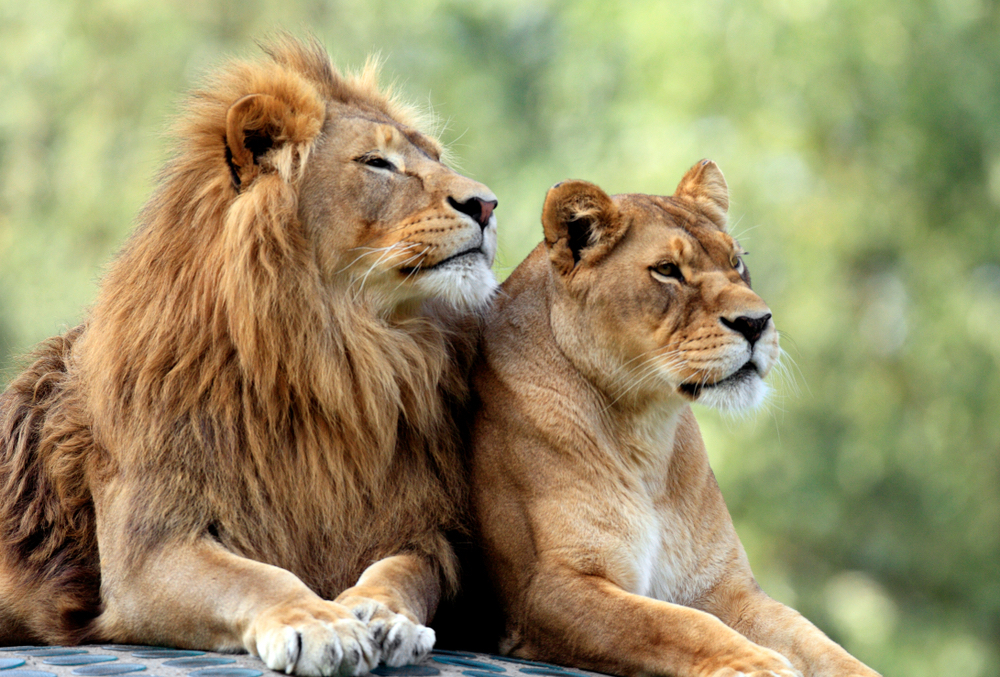
A clearance car such as this will determine if new equipment will work with existing tunnel, structure and sise-by-side clearances.
NYCT took an old 60’ car, cut it in half and extended the car to 75’ the new length that the wanted to buy. This told them where they needed to enlarge the tunnels or in some cases to restrict the 75’ cars from operating on that line. It also demostrated the location of the trucks and kingpins.
Most of the 75’ cars are gone or will be going away soon. New cars are all 60’ cars
The relationship of the truck and kingpin vis a vis the end of the car will determine the end overhang or the middle overhang.
On your railroad, just try the cars out and see if they work. I have some brass cars that never worked on my railroad because I never installed 60" curves. They make a very nice static display.
Subway cars of LION are 50’ long and will handle all of my curves. 85’ cars will not run on my layout. Some equipment is too tall to run in my tunnels.
